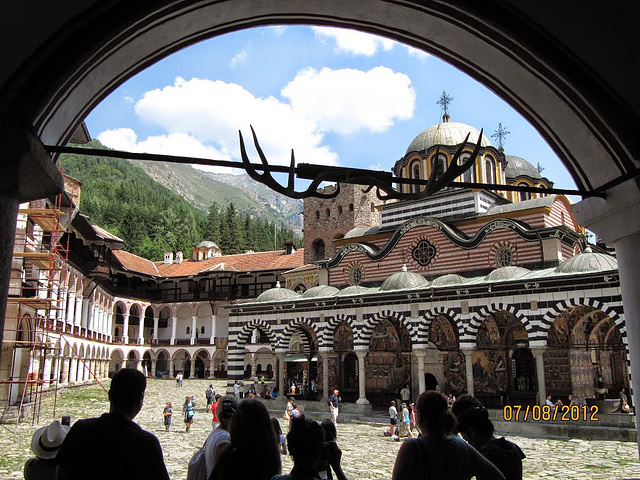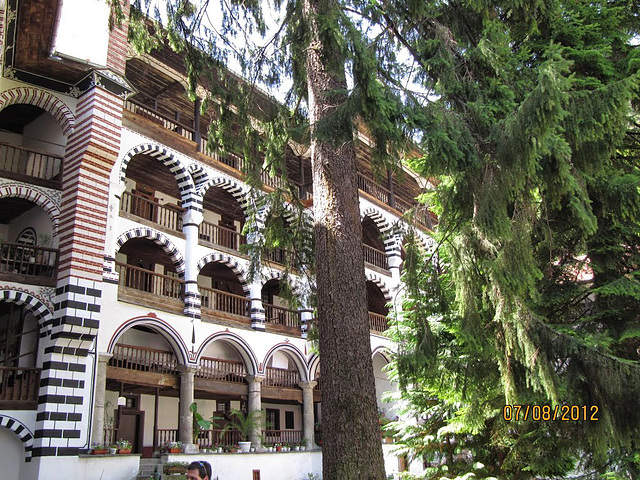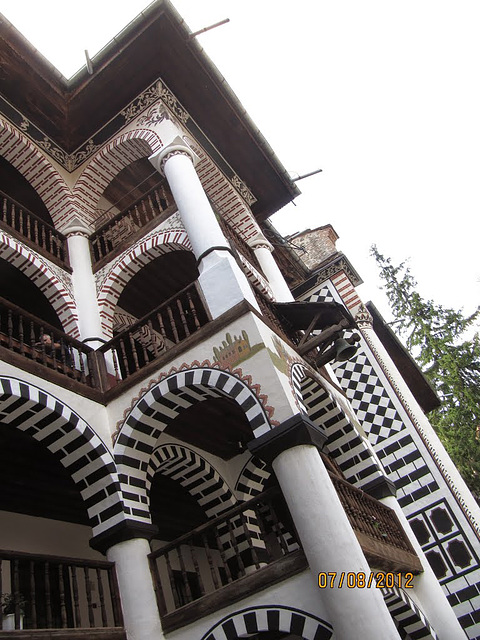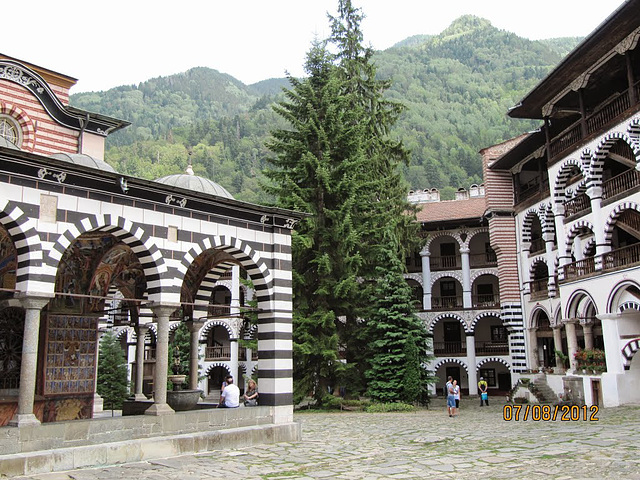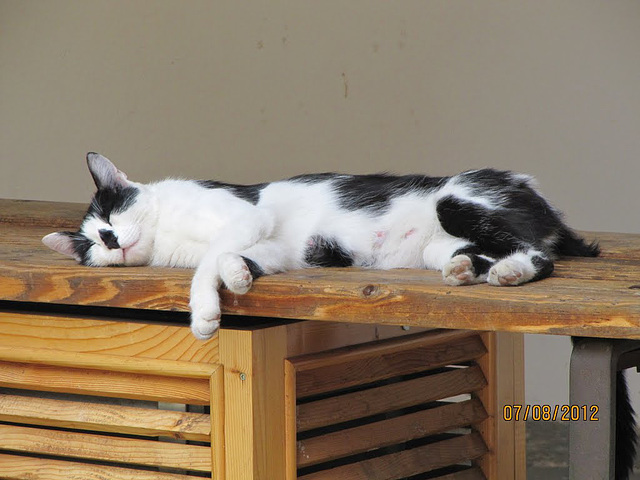
Rila monastery, Bulgaria
It is traditionally thought that the monastery was founded by the hermit St. Ivan of Rila, whose name it bears, during the rule of Tsar Peter I (927-968). The hermit actually lived in a cave without any material possessions not far from the monastery's location, while the complex was built by his students, who came to the mountains to receive their education.
Ever since its creation, the Rila Mon…
(read more)
03 Apr 2015
7 favorites
10 comments
Rila monastery
It is traditionally thought that the monastery was founded by the hermit St. Ivan of Rila, whose name it bears, during the rule of Tsar Peter I (927-968). The hermit actually lived in a cave without any material possessions not far from the monastery's location, while the complex was built by his students, who came to the mountains to receive their education.
Ever since its creation, the Rila Monastery has been supported and respected by the Bulgarian rulers. Large donations were made by almost every tsar of the Second Bulgarian Empire up until the Ottoman Conquest, making the monastery a cultural and spiritual centre of Bulgarian national consciousness that reached its apogee from the 12th to the 14th century.
The Rila Monastery was reerected at its present place by Hrelyu, a feudal lord under Serbian suzerainty, during the first half of the 14th century. The oldest buildings in the complex date from this period -— the Tower of Hrelja (1334–1335) and a small church just next to it (1343). The bishop's throne and the rich-engraved gates of the monastery also belong to the time. However, the arrival of the Ottomans in the end of the 14th century was followed by numerous raids and a destruction of the monastery in the middle of the 15th century.
Thanks to donations by the Sultana Mara Branković, the Russian Orthodox Church and the Rossikon monastery of Mount Athos, the Rila Monastery was rebuilt in the end of the 15th century by three brothers from the region of Kyustendil. With Sultana Mara Branković's influence Ivan of Rila's relics were moved from Trnovo into the new complex in 1469.
The complex acted as a depository of Bulgarian language and culture in the ages of foreign rule. During the time of the Bulgarian National Revival (18th-19th century), it was destroyed by fire in 1833 and then reconstructed between 1834 and 1862 with the help of wealthy Bulgarians from the whole country, under the famous architect Alexi Rilets. The erection of the residential buildings began in 1816, while a belfry was added to the Tower of Hrelyu in 1844. Neofit Rilski founded a school in the monastery during the period. The monastery is known as being one of the hideouts of Bulgarian revolutionaries such as Vassil Levski, Gotse Delchev, Peyo Yavorov, etc. The monastery complex, regarded as one of the foremost masterpieces of Bulgarian National Revival architecture, was declared a national historical monument in 1976 and became a UNESCO World Heritage Site in 1983. Since 1991 it has been entirely subordinate to the Holy Synod of the Bulgarian Orthodox Church.
03 Apr 2015
9 favorites
6 comments
In Rila monastery
youtu.be/huZTRymyfpU
В Рилския манастир едно коте въобще не обръща внимание на туристите.../ It was sleeping and not paying attention to anyone. Sometimes his head was hanging off the bench, then the tail and it was very cheerful view :)
Jump to top
RSS feed- Latest items - Subscribe to the latest items added to this album
- ipernity © 2007-2024
- Help & Contact
|
Club news
|
About ipernity
|
History |
ipernity Club & Prices |
Guide of good conduct
Donate | Group guidelines | Privacy policy | Terms of use | Statutes | In memoria -
Facebook
Twitter

